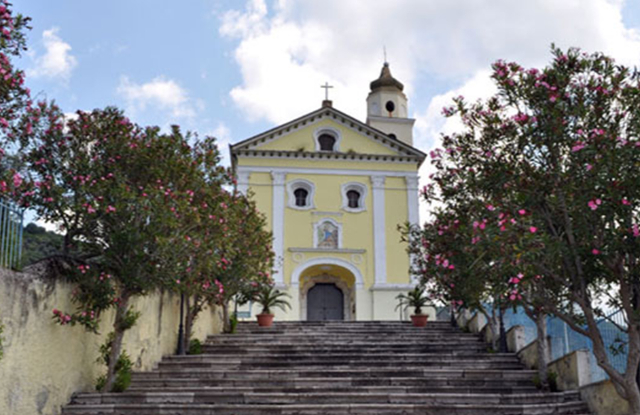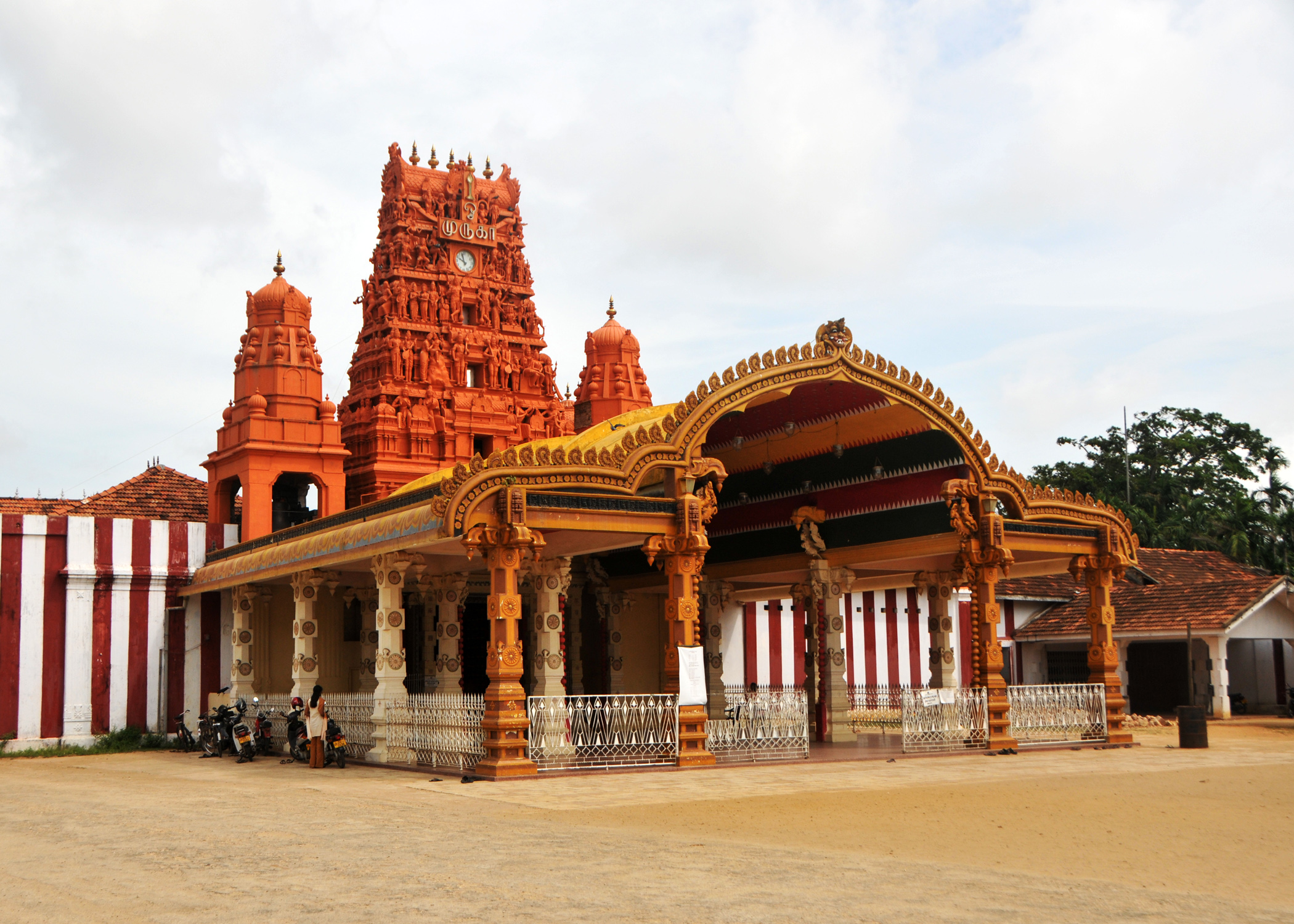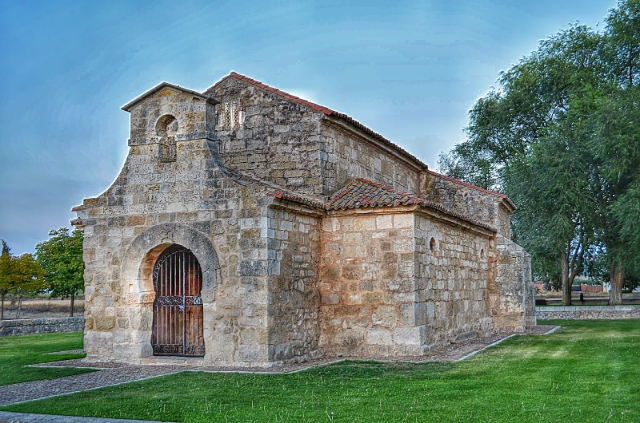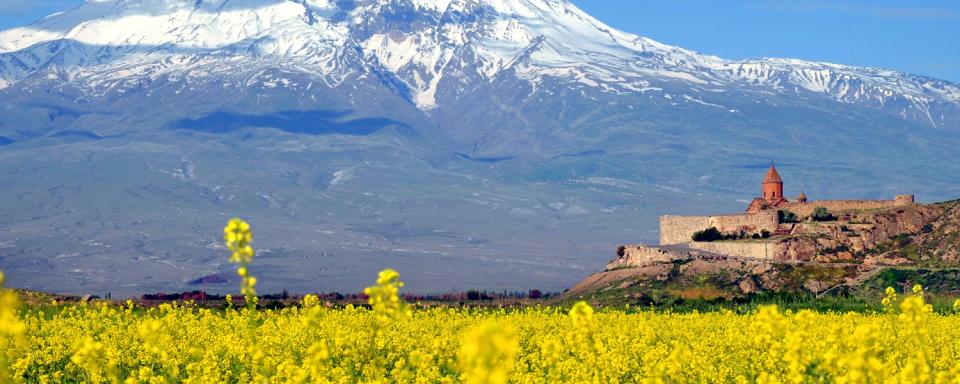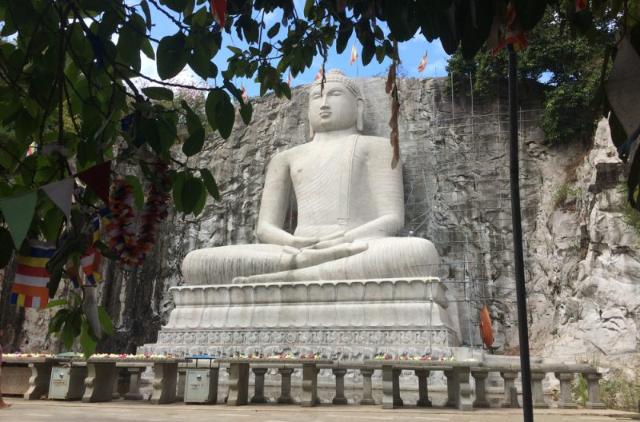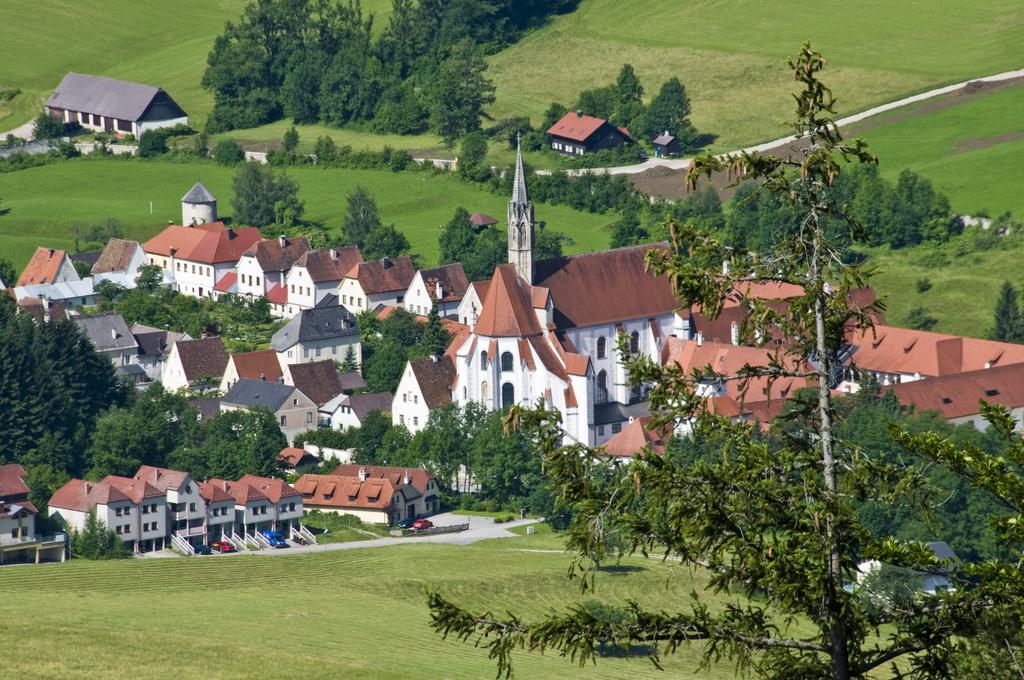The shrine is of very ancient origin, in fact the date 1453 is carved on the stone portal. Probably at that time the building consisted of a small chapel and then grew larger over time. From that date onward for more than 100 years there is no news concerning that place of worship, but on December 7, 1604 Pope Clement VIII affiliates the congregation of Maria SS. dell’Abbondanza to the archconfraternity of the Holy Name of Mary at Traiana column in Rome. Concerning that act there are written confirmations by popes Innocent XI, in 1688, and Innocent XIII, in 1721. In 1773 the then bishop of Nola Filippo Lopez described it to the Vatican as, "a large, venerable and magnificent church" and of an image "greatly venerated by villagers and strangers," further confirming the existence of the congregation, which at that time consisted of more than 280 members. On July 29, 1788, the image of Our Lady was crowned in Nola at the seat of the diocese, which also donated laurel wreaths. On February 16, 1830, the shrine suffered a severe fire.
Built on a spur of rock, there is a wide two-flight staircase on the outside by which the sanctuary can be accessed. The facade is simple; inside, the nave is enriched with stuccoes and canvases from all periods, and in the apse basin is a small temple from 1818 with a statue of Mary Most Holy of Abundance. Above is an artistic canvas depicting the Virgin Mary with angels and the brethren of the congregation. On the walls are the wooden stools of the congregation with precious canvases on them depicting episodes from the life of Mary. In the sacristy are preserved numerous important paintings and historic votive offerings. Also worth mentioning are the historic burial caves, now used as a museum.[2] From the terrace from which one enters the interior of the sanctuary it is possible to admire a splendid panorama. In fact, it is possible to clearly see Vesuvius and the Gulf of Naples with Capri and the Vesuvian towns.
